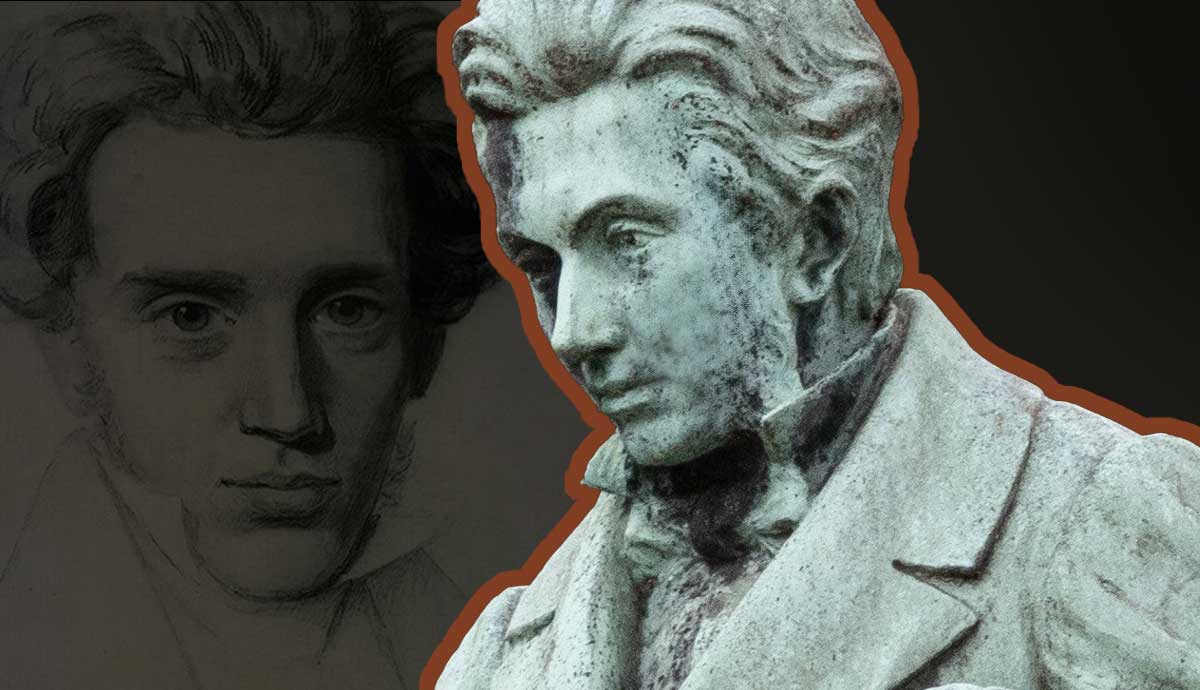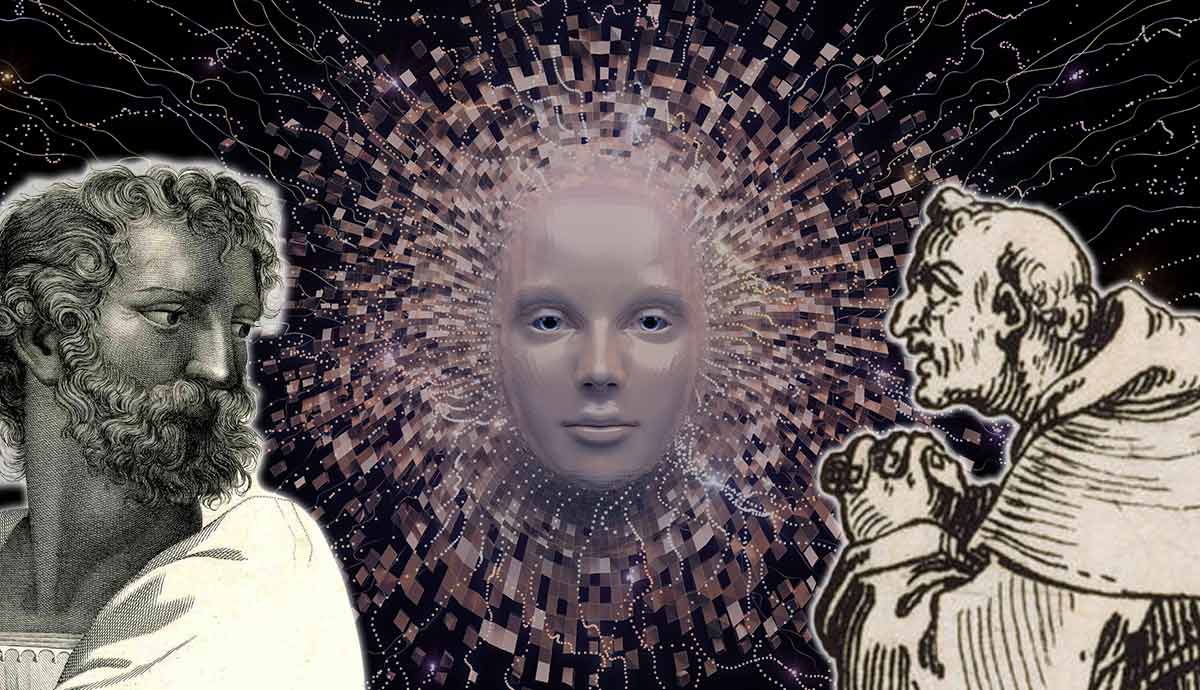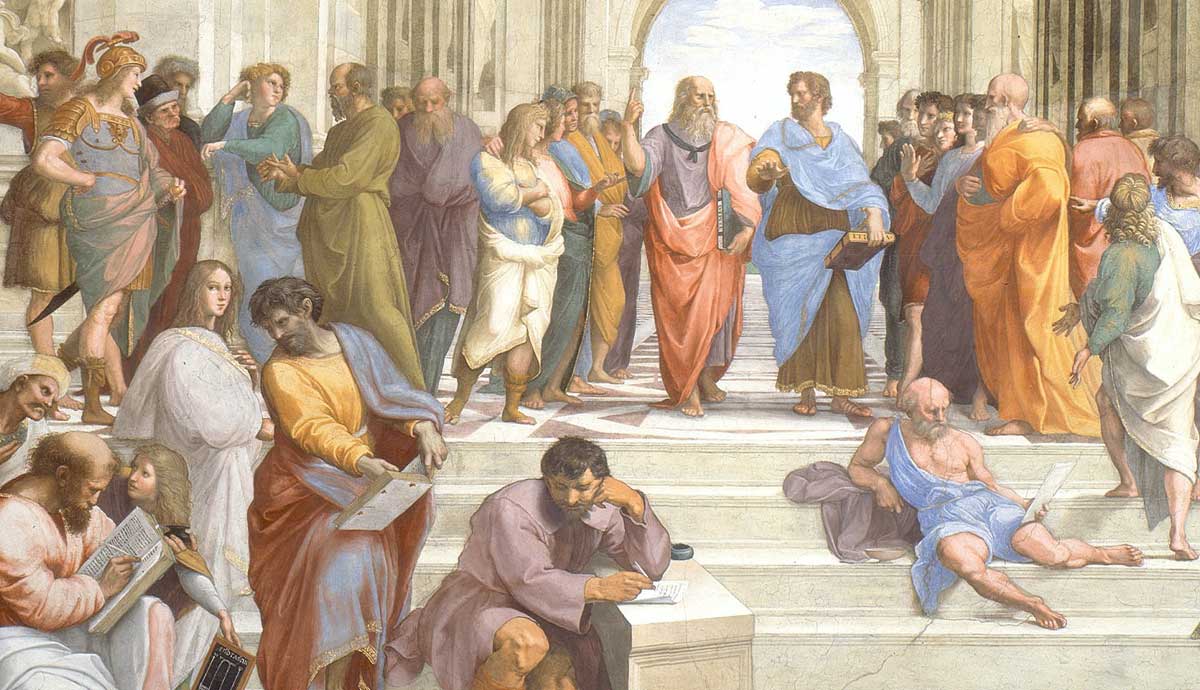
You may have heard that the body keeps the score, but did you know it also keeps the secret of healing? Dance movement therapy (DMT) is a holistic therapeutic approach that honors the interconnectedness of body, mind, and spirit. Using the body as its instrument, DMT redeems the shadows of the unconscious into the light of our conscious awareness.
What Is the History of Dance Movement Therapy?

Dance and movement have been used as healing methods since prehistoric times, long before they were formalized into a school of therapy. Since the early upper Paleolithic era, 30, 000 BP, shamans used dancing in their healing rituals and spiritual practices. In aboriginal communities in Australia, dating back over 60, 000 years ago, dancing was a sacred practice, known as the ‘Dance of Life’, which was believed to produce healing benefits. Further, Vimbuza, a healing dance popular in Africa among the Bantu-speaking communities, was used to treat various mental illnesses and traumas. The list goes on, but the point is that while “dance movement therapy is a relatively new healing practice, its cultural roots date back millennia” (Dunphy, 2020).

Carl Jung was the first psychologist to recognize that dance and expressive body movements can give form to the contents of the unconscious. The use of dance and movement in therapy started as one of the many forms of Jung’s active imagination method. In 1966, the American Dance Therapy Association was formed and dance therapy became a formal profession thanks to the works of many female psychotherapists, choreographers, and dancers. Among the earliest pioneers of dance movement therapy was Mary Starks Whitehouse, who completed her studies at the Jung Institute in Zurich and developed a Jungian therapeutic method known as ‘authentic movement’ or ‘movement in-depth’. Today, dance movement therapy is one of the most prominent creative art therapies in the world.
How Does Dance Movement Therapy Work?

Dance Movement Therapy works on unearthing and integrating the contents of the unconscious into conscious awareness. According to Whitehouse, dance movement therapy is essentially a form of Jungian active imagination: “Following the inner sensation, allowing the impulse to take the form of physical action, is active imagination in movement, just as following the visual image is active imagination in fantasy; it is here that the most dramatic psychophysical connections are made available to consciousness” (Whitehouse, 1963). Movement plays a symbolic function as a medium through which the unconscious expresses itself spontaneously. After the session, the analyst interprets the symbolic value of the movements and helps the participant consciously resolve and integrate their input.

Sessions typically involve a mover and a witness, the latter of whom is responsible for holding a safe space for the mover. In The Body As Symbol, Joan Chodorow explained that “It is the quality of the analyst’s attentive presence that can create the free and sheltered space” that allows the mover to tap into their imagination and express its spontaneous impulses for movement without self-censorship (Chodorow, 2022). The analyst can also use techniques such as mirroring the participant’s movements to validate their feelings, use props to help them connect with their bodies, or use guided imagery to help them ease into the imaginative activity. Although each therapist may use a unique combination of methods, the hallmark of dance movement therapy lies in using the body as a creative medium for healing.
Is Dance Movement Therapy Effective?

According to numerous studies, dance movement therapy is an effective treatment for a wide variety of mental illnesses. In a meta-analysis of over 817 studies, Karkou et al. found that dance movement therapy is effective in treating adults suffering from depression. Additionally, studies have shown that it decreases anxiety levels, improves quality of life, and optimizes psychosomatic and physical well-being. Dance movement therapy is also considered an effective method of coping with the negative effects of psychosis in patients with schizophrenia. Most significantly, given the latest findings of the relationship between trauma and the body, studies have shown that dance movement therapy is an effective treatment for post-traumatic stress disorder (PTSD).

What distinguishes dance movement therapy from other therapeutic practices is that it is simultaneously a psychosomatic and creative art therapy. Firstly, its non-verbal and creative nature provides a more effective means of retrieving the contents of the unconscious and makes it accessible to a wide range of individuals who may experience challenges in verbal forms of therapy. Secondly, its psychosomatic function bridges the gap between mind and body which is often neglected in non-holistic therapy methods. By integrating the conscious and the unconscious and the mind and the body, dance movement therapy is one among the most effective therapies available today.










